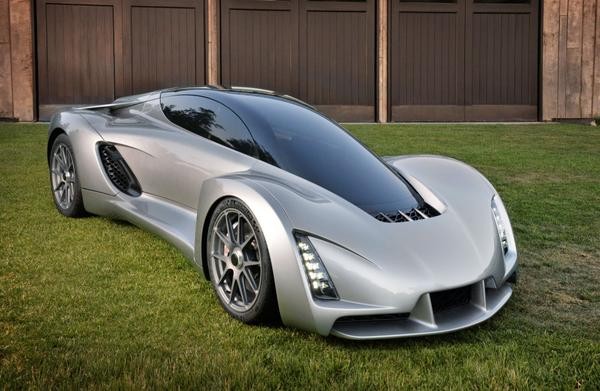Divergent Microfactories' Blade is a sports car with a sleek modular design that is produced through 3D printing. Although the supercar with a 700-horserpower (HP) bi-fuel engine is not the world's first 3D-printed car, the automobile's top-notch flexibility and speedy production time make it a unique vehicle.
Divergent CEO Kevin Czinger shared that his innovative product has other key features. For example, it is 90 percent lighter than a standard car.
That is partly due to its being printed using aluminum layers rather than plastic. Constructed like a Lego kit, the Blade's framework requires little 3D printing, which speeds up its assembly time.
The supercar's curb weight is about 1,400 pounds (635 kg). Meanwhile, its 700 HP dual-fuel engine can be fueled up with either gasoline or compressed natural gas, and zooms from zero to 60 mph in around two seconds.
Czinger has not officially set a release date for the official launch of Blade, which will be manufactured in "limited number," according to Tech Times. It also still lacks a price tag.
This is not the first innovative creation from Divergent. Its Node technique could become a key component in future auto manufacturing if the production time of 3D-printed cars can be drastically reduced.
Divergent's car production features building small volumes in various low-cost global factories, according to Financial Times. It resembles the methods of start-up Local Motors.
Divergent is raising $10M to construct a factory during the next 18 months, to fine-tune the equipment needed to build supercars. It could then sell its new formula to entrepreneurs who would in turn use the production protocol.



























